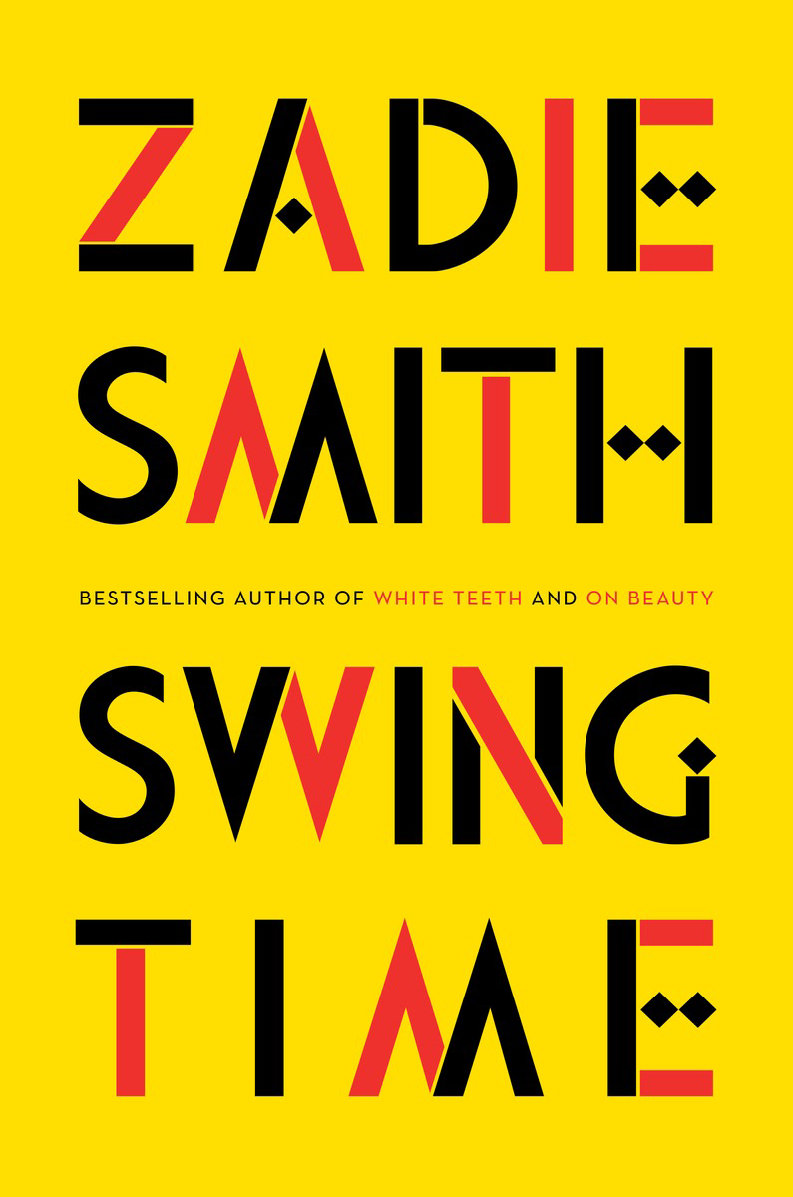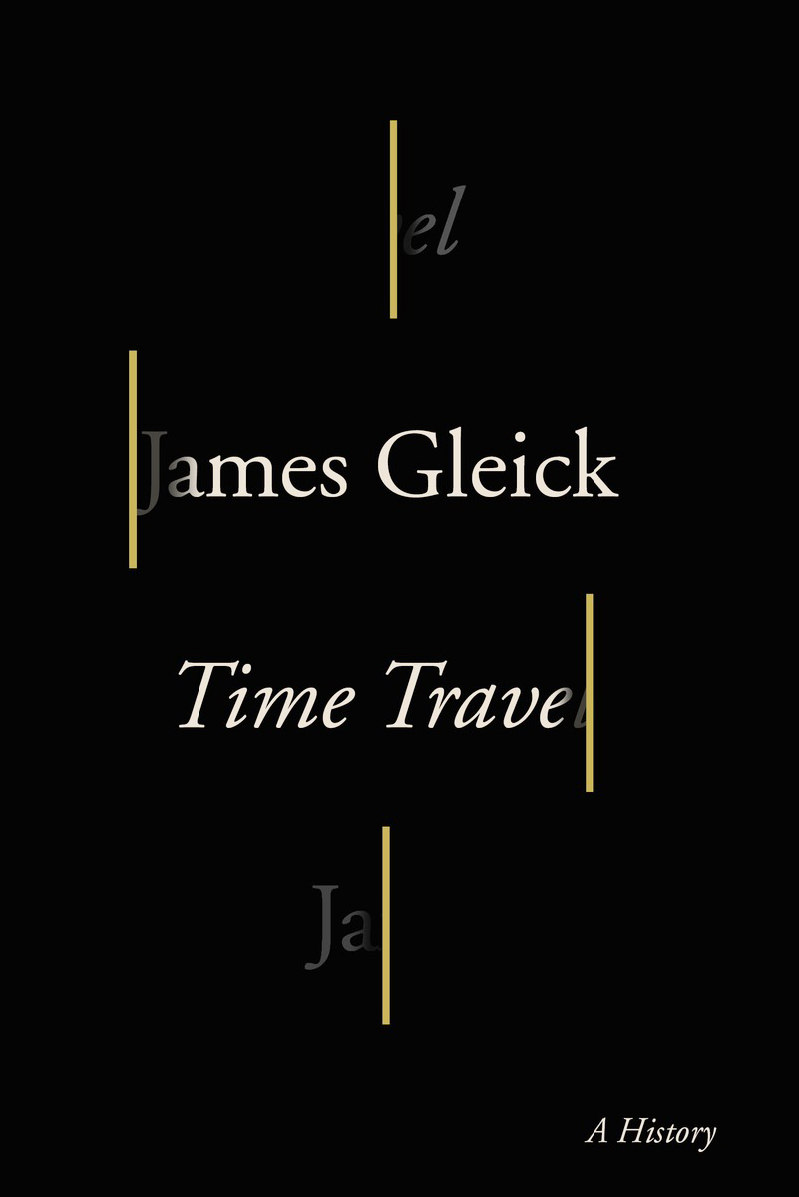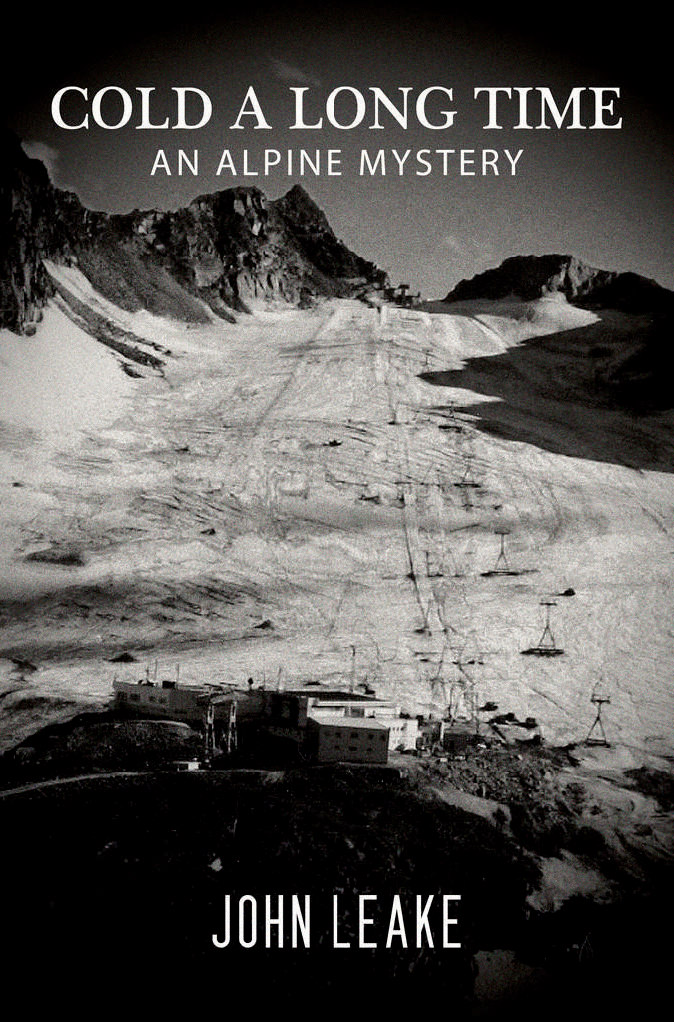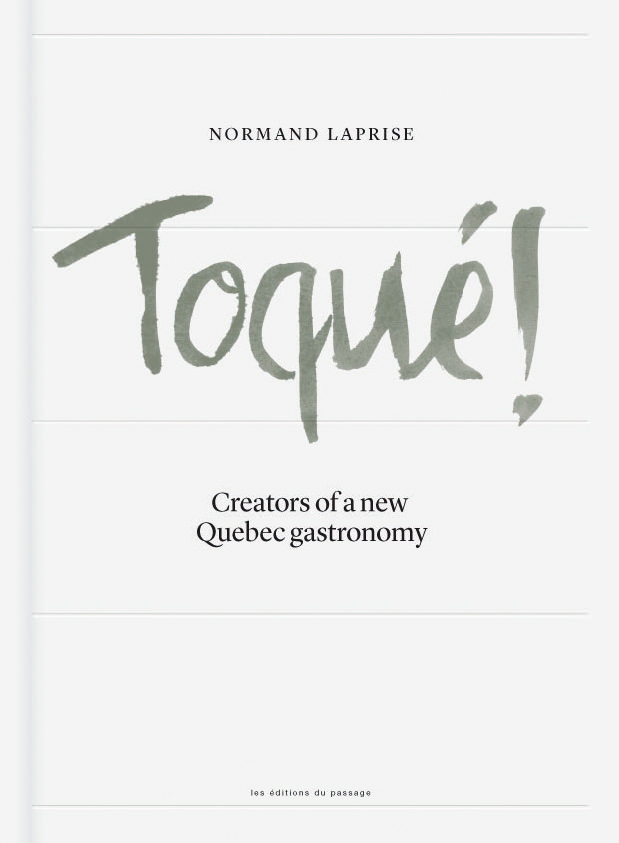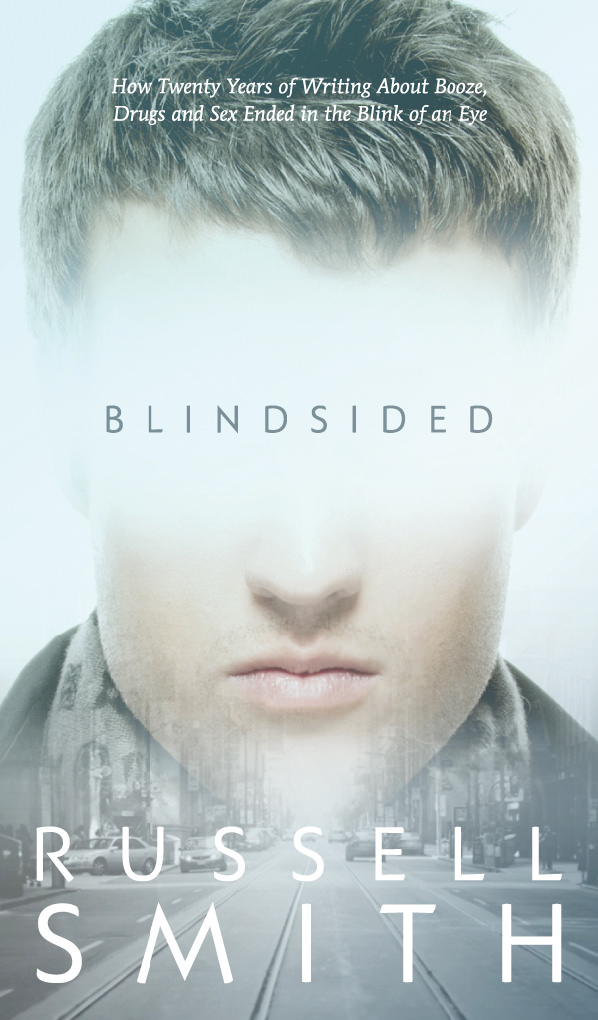FYI Books: Timely Reads
Books by Zadie Smith and James Gleick.
Swing Time by Zadie Smith
Anyone who caught Zadie Smith’s astounding long essay in The New York Review of Books on Christian Marclay’s art film The Clock, back in 2011, won’t be at all surprised to see the word time appear in the title of her brilliant, bracing, tragic recent novel Swing Time. Smith’s own astonishment and immersion in and pure awe at Marclay’s installation seemed to signal (in the way only fans read and misread signals) a new thematic obsession or aesthetic shift.
And sure enough time is ever-present here—a looming, unspooling, dim inevitability that seems to mark the lives of two young girls before they’ve been given a chance to see its effect. As children, the girls spend afternoons and Saturdays watching VHS tapes of classic song-and-dance numbers, including the Fred Astaire and Ginger Rogers film that gives the book its title. And on it flows, into the terrifying adolescent awakening, on through school and into adulthood. The twinned, devoted friends splitting and losing each other, eventually. The scalpel of insight Smith brings, not only to the historical, socio-economic, and gender issues that cut across a woman’s childhood, but to that unspoken or little understood process girls go through of simultaneously comparing each other and themselves to their mother, and their mothers to other mothers, then swinging back to a loving idolatry, an identification with same, is something to stand in wonder of.
One aspect of Smith’s genius is to insist that stability, belonging, identity, and love, even, are not—or should not be—measured in neoliberal terms alone.
Our unnamed narrator, at a point of severe crisis in her life, cuts back to her very beginnings and lets the tape play. A quote from the great Grace Paley feels apt to the novel’s structure: “Plot is nothing; plot is simply time, a timeline.” The narrator and Tracey become bonded to one another, almost sisters, at a very young age. Both live in council housing estates in northwest London, are born of one white parent and one black parent, and for many years share a deep love of and ambition for dance. Tracey, in fact, pushes herself and her natural talent far enough to dance briefly in West End productions. Our narrator drifts from dance, attends university, and begins a life in media, eventually becoming a personal assistant to Aimee, a global pop star from an isolated, gritty Australian town. To us, the narrator has “made it out”—by any measure, she has bettered herself and her prospects in life. One aspect of Smith’s genius is to insist that stability, belonging, identity, and love, even, are not—or should not be—measured in neoliberal terms alone. Tracey stays in the flat on the estate. But which of them knows where in the world they are and belong?
Time Travel: A History by James Gleick
If it’s been a while since you last had a think about time, don’t wait any longer—it’s passing, morphing, wasting, looping in on itself, doesn’t exist, isn’t a river, or a foam, or a grid. James Gleick’s new book won’t eliminate time by keeping you from your own death, but it will reconstruct your notional map of whatever time you have left: its potentials, geometries, novelties, narratives, recursions, switchbacks, and erasures.
While Time Travel: A History might be Gleick’s purported subject matter, his is the sort of mind that cannot limit its scope to a straight history of time travel in fiction. The author and historian of science begins with H.G. Wells and his nifty machine sliding through the miasma of past and future, and in the offing Gleick delivers the cultural context out of which this seminal story grew, but the existentially haunted prose, the contrapuntal mood-as-backdrop to each passing chapter, is what builds, subtly, elegantly, in emotive force. Whether we’re visiting an early story by Robert A. Heinlein, an unfinished doctoral thesis by a short-lived prodigy, a notoriously frightening episode of Doctor Who, or the legendary walks Albert Einstein and Kurt Gödel took together in Princeton, Gleick delivers an outlandish amount of factual information while somehow increasing that deeper, visceral ache a reader experiences at their incrementally intensifying need to know why what comes next comes next.
While Time Travel: A History might be Gleick’s purported subject matter, his is the sort of mind that cannot limit its scope to a straight history of time travel in fiction.
There’s a long-standing and vacuous argument among readers concerning the relative pleasures and pitfalls of “recognizing oneself in a fictional character.” Well, herein lies the universal protagonist. There is no such thing as a reader for whom this book might be alienating, or disagreeable: we die. We cannot define time, but each of us knows it as intimately—perhaps more so—as we know ourselves. Like coming to a knowledge of the back of your own head, or your relationship to your autonomic nervous system, so interwoven with your very being as to be nearly impossible to describe in language, time still isn’t anything we know how to define. There were numerous moments during Time Travel when I got a serious case of the creepy-crawlies.
Just one: during Gleick’s discussion of a Doctor Who episode called “Blink” in which all the logical paradoxes of time travel are in one existentially horrifying narrative, I began to wonder whether a friend in London knew the episode, as she happened to be friends with two of the more recent doctors. I Skyped to ask. She was having dinner with actor David Tennant, one of the doctors, at the same time I’d been reading about him. And then, while enjoying the coincidence, her screen pinged and her face dropped. It was a message from the actor who’d played the clerk in the DVD shop in that very episode. I had to sign off.
Gleick appears capable of attacking the thorniest material out there—chaos, quantum physics, and information theory are all subjects of his previous books—and making of it a blistering good read every time.
_________
Never miss a story. Sign up for NUVO’s weekly newsletter.

